Configure Now
Items in Your Cart0
0Items in Your Cart
Start building your packageShop Now
Underwater ROVs (Remotely Operated Vehicles) are advanced submersible robotic systems designed to explore and observe the depths of large bodies of water. Operated remotely from shore or by divers, these vehicles provide a safe and efficient means of accessing underwater environments for inspection, research, and exploration.
ROVs come in various sizes, from compact models as small as a basketball to larger units comparable to an SUV. Their prices range widely, starting at a few thousand dollars and reaching several million dollars for larger, advanced systems.
Underwater ROVs are utilized in a broad range of industries, such as:
They allow operators to capture photo and video footage to inspect and monitor ports, harbours, and vessels, bring innovation to pipe inspections, locate underwater targets, and explore the depths of our oceans, lakes, and rivers.
Discover everything you need to know about underwater ROVs. From their history to how they work, we cover it all in this comprehensive guide.
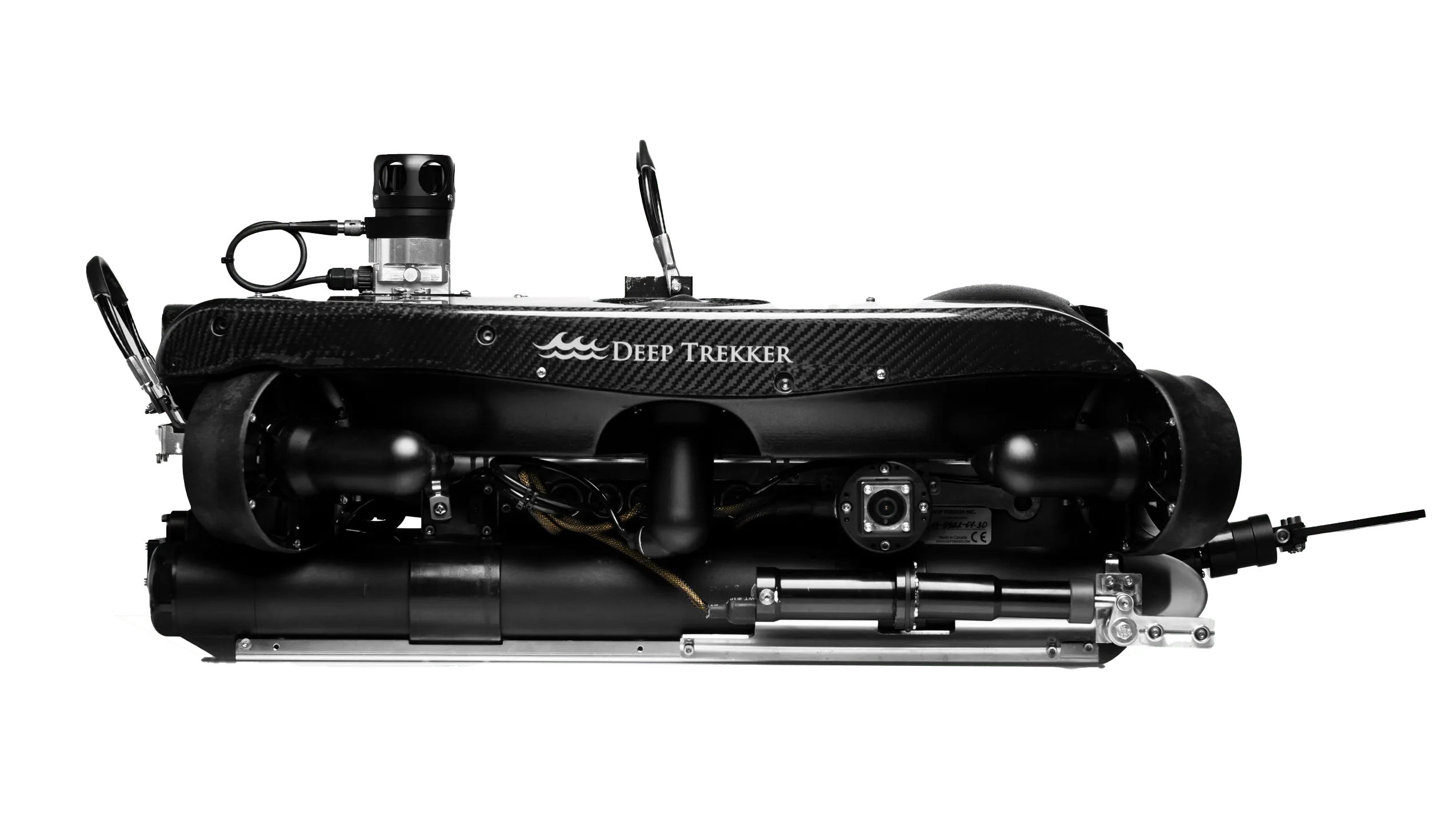
A work class ROV is used for ocean floor exploration and inspections at depths that divers are often unable to reach. They act as a safe alternative to divers and are often used in offshore energy projects and deep archaeological investigations. The typical depth rating for a Work Class ROV ranges from 3,000 meters (9,800 feet) to 6,000 meters (19,700 feet).
The Light Work Class ROV is designed for moderate to deep depths, deployed from ships as an alternative to divers for exploration and inspections. It can also be used for making repairs, with the option to add extensions like laser scanners and specialized sensors. These ROVs typically have a depth rating ranging from 1,000 meters (3,280 feet) to 3,000 meters (9,800 feet).
The Observation Class ROV is a compact vehicle ideal for exploring lakes, rivers, and coastal waters. These ROVs are often used to assess water safety before divers enter for missions or inspections. Equipped with sonar and custom sensors, they offer versatile capabilities. Depending on the model, the depth rating of Observation Class ROVs typically ranges from 300 meters (984 feet) to 1,000 meters (3,280 feet).
The Micro or Mini ROV is the smallest class, designed for inspecting hard-to-reach areas at shallow depths, such as pipe systems and submerged infrastructure. These ROVs typically have a depth rating ranging from 100 meters (328 feet) to 300 meters (984 feet).
Need Help Choosing What ROV is Best for Your Application? Here is Our Comprehensive ROV Buyer’s Guide to Help You Identify the Right Model.
Remotely operated vehicles were first tested in the 1960's by the U.S. Navy to retrieve sunken data. In 1966, the Navy’s Cable-controlled Underwater Recovery Vehicle (CURV) successfully recovered an atomic bomb that went missing off the coast of Spain.
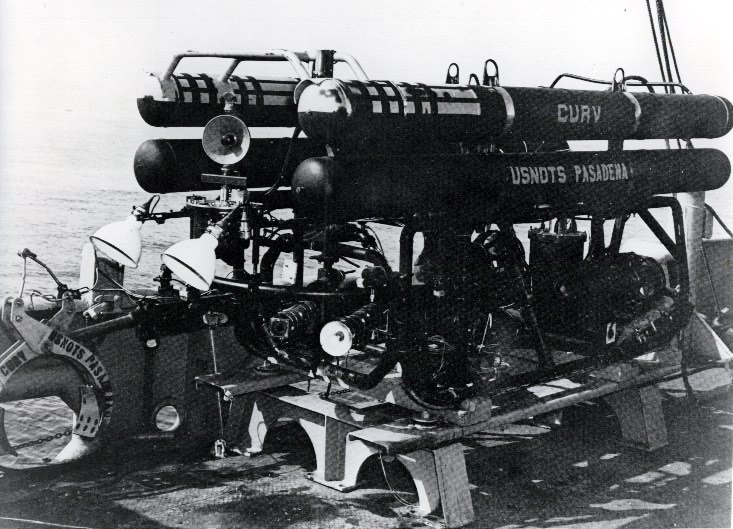
In 1973, the crew from Pisces – a notable deep-sea submarine that sunk off the coast of Ireland - was saved by a remotely operated vehicle. Over the course of the following decade, underwater ROV systems became a crucial tool used in various industries.
Work class ROVs were the pioneers and are still being widely used today. Observation ROVs are the newest to the market; however, they have filled the gap, specializing in shallow water observation and inspections.

Due to its compact design and easy to use inspection technology, underwater ROVs can be deployed in a moment’s notice. This is highly beneficial in emergency situations where time is limited, and in areas that are too narrow or difficult to reach by divers. Deep Trekker ROVs can be deployed in as little as 30 seconds, for example.
Underwater ROVs are robust and rugged in design, built to withstand harsh water environments, and require minimal maintenance. Typically, ROVs can last years without the need for major repairs.
Depending on the conditions and type of operation, divers can only remain submerged underwater up to 30 minutes to an hour at a time and most jobs require a dive team consisting of 2-3 divers - commercial diver, standby diver, and supervisor - for a single mission. Depending on its battery life, an underwater ROV can remain underwater for hours on end. Deep Trekker ROVs, for example, offer extended operation times with easily swappable batteries, and can also be equipped with direct power kits for unlimited bottom time.
A key advantage of ROVs is their ability to capture high-resolution video and photos. In challenging conditions like dark or murky waters, ROVs can be deployed to record footage, which can later be reviewed for documentation or analysis. This footage can also be edited for use in documentary programming or other media applications.
ROVs are highly effective at navigating and inspecting tight, confined spaces where divers may struggle to reach. Their compact size and maneuverability allow them to access areas such as narrow pipes, tanks, or submerged structures. This ability is crucial for gathering data and conducting inspections in locations that would be difficult or unsafe for human divers, ensuring that no area is left unchecked during critical operations.
Learn more about which underwater ROV is best for your application.
ROVs offer a safer alternative for exploring hazardous underwater environments. Whether operated from shore or alongside divers in the water, they can access dangerous areas to gather data or recover materials, reducing the need for divers to be exposed to risky conditions. In situations where divers are required, ROVs can first inspect critical areas, allowing the dive team to assess and determine the safest route before entering the water.
Mini ROVs are typically operated using a handheld controller, making them easy to learn and use. Users can become familiar with the basic controls in just a few minutes, achieve proficient piloting within a few hours, and master the skills in as little as a weekend.
Compared to larger submersibles, micro ROVs offer a significantly more cost-efficient alternative. Ideal for exploring narrow underwater areas, capturing high-quality footage, and collecting data, micro ROVs provide an affordable solution without compromising on performance.
Discover how ROVs revolutionize hull inspections, ensuring vessel operational efficiency and safety.
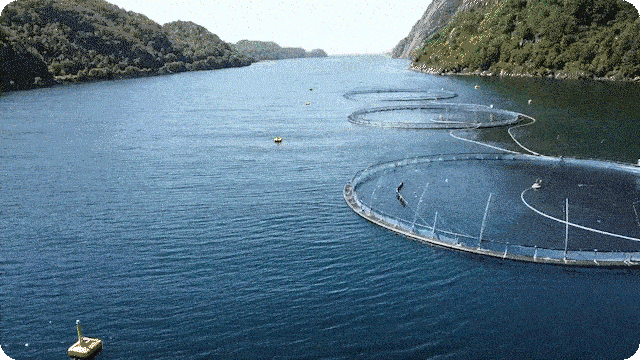
Aquaculture supports global food security and livelihoods, with ROVs playing a crucial role in improving farm management. These vehicles enable efficient net inspections, quickly identifying damage, wear, or biofouling that could lead to stock loss or predator intrusion. High-definition cameras and sonar provide precise monitoring, helping operators address issues promptly.
ROVs also enhance stock monitoring by allowing unobtrusive observation of fish behavior and health. Integrated sensors measure key environmental parameters like oxygen levels and temperature, ensuring optimal conditions for fish welfare and growth. During feeding, ROVs help optimize distribution and minimize waste, reducing costs and environmental impact.
By offering a safe and cost-effective alternative to divers, especially in challenging weather, ROVs streamline troubleshooting and maintenance of submerged equipment. Their efficiency and adaptability make them an indispensable tool for sustainable aquaculture operations.
Uncover how MOWI saved $3.7M in dive costs using Deep Trekker ROVs for net inspections and fish monitoring, improving safety and efficiency in aquaculture.

Underwater ROVs are essential tools for commercial diving operations, enabling inspections in confined spaces like water tanks, pipes, and intake structures, as well as in open water for hull inspections or salvage missions. By deploying an underwater ROV, dive teams can assess sites before human intervention, ensuring conditions are safe.
In hazardous environments, ROVs can be sent in place of divers, reducing the risk of injury or fatality. This not only improves safety but also increases operational efficiency, as ROVs can perform inspections in dangerous or challenging conditions without requiring human presence underwater.
Discover how combining divers and ROVs maximizes efficiency, safety, and effectiveness in underwater operations. Learn the strengths of each and how they work together.
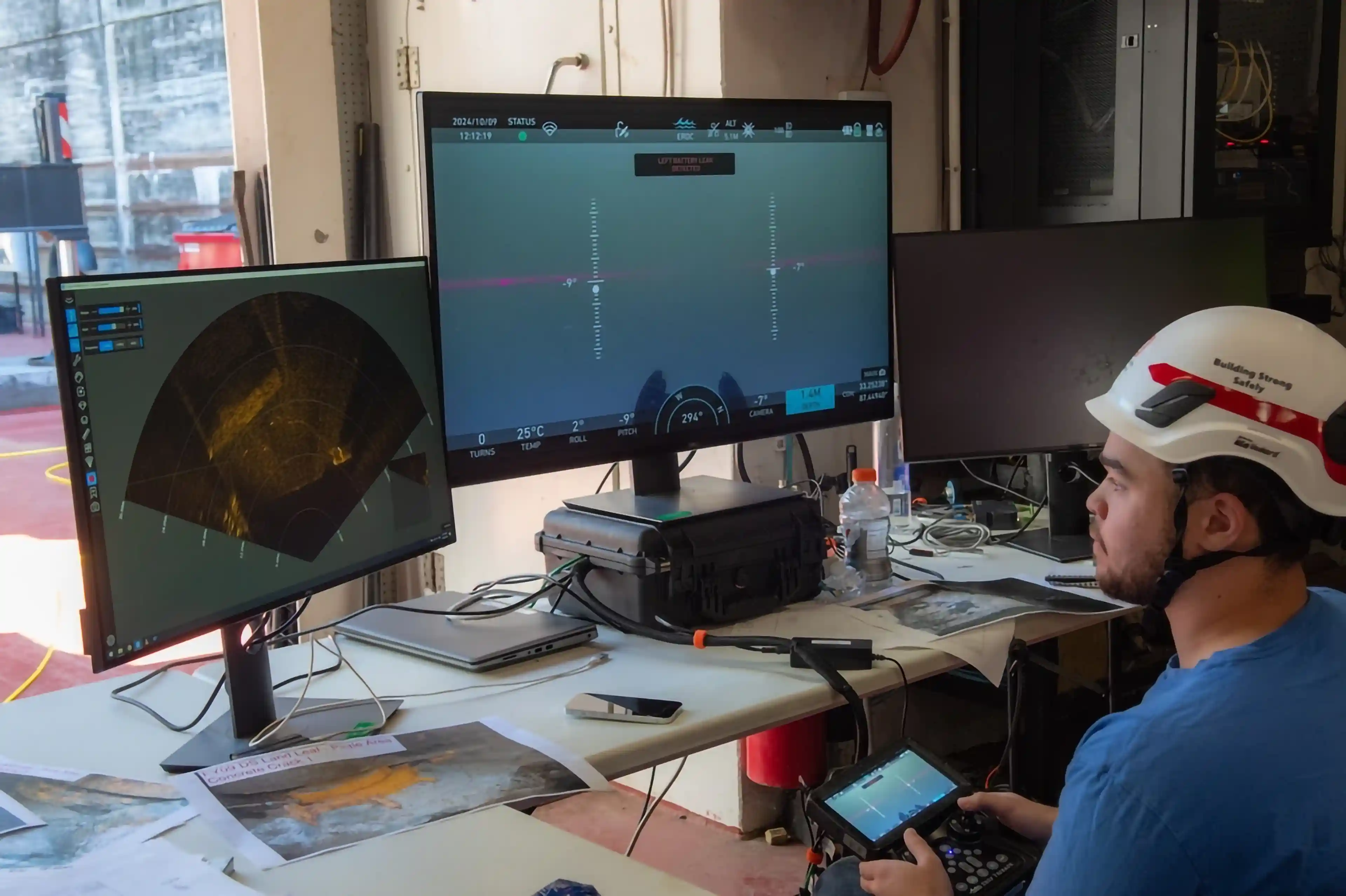
Underwater security threats, such as discarded evidence, contraband, or explosives, are often hidden in challenging or hazardous environments. ROVs offer a safe and efficient method for detecting and assessing these threats without putting divers at risk. Equipped with high-resolution cameras, sonar, and specialized sensors, ROVs can locate suspicious objects, identify explosives, and capture critical evidence, all while keeping personnel out of harm's way.
In addition to detecting contraband and threats, ROVs are also invaluable for tasks like inspecting underwater infrastructure for sabotage, monitoring ports for security breaches, and assisting in bomb disposal operations. By providing a detailed and remote view of potentially dangerous underwater environments, ROVs enhance the effectiveness of defense operations and ensure the safety of personnel during high-risk missions.
Experience how ROVs maximize military crew safety across demanding applications and missions, thriving in the toughest conditions.
ROVs are invaluable tools in search and recovery missions, providing critical support in locating and retrieving objects from the underwater environment. Whether it's recovering lost equipment, locating sunken vessels, or searching for missing persons, ROVs offer precise navigation and high-definition imaging to perform detailed searches in deep or murky waters.
Equipped with robotic arms and specialized tools, ROVs can retrieve objects that may be too dangerous or difficult for divers to access. By operating remotely, they reduce the need for human divers in hazardous conditions, ensuring safety while enhancing recovery efficiency. Their ability to operate in various underwater conditions makes ROVs a reliable solution for both commercial and emergency recovery efforts.
A comprehensive overview to help you find the ideal ROV for your next mission. Learn about the benefits of using Deep Trekker's robots for search and recovery.
Underwater ROVs play a vital role in marine science by aiding in environmental research and oceanic surveys. They allow scientists to gather valuable data on marine life, ecosystems, and underwater geology without the high costs or risks associated with traditional diver-based methods.
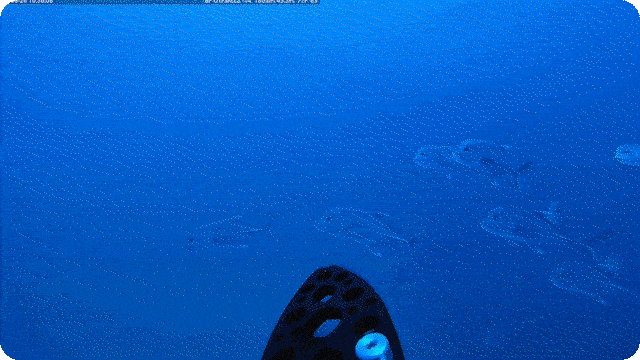
By providing real-time video footage and the ability to collect samples from difficult-to-reach areas, ROVs help researchers conduct thorough studies while reducing the need for costly and time-consuming dive operations. This makes them a cost-effective alternative, enabling research organizations to maximize their funding and achieve more comprehensive results in less time.
Explore how Marine Science benefits from ROV technology to improve environmental monitoring and enhance research efforts for more efficient and precise results.
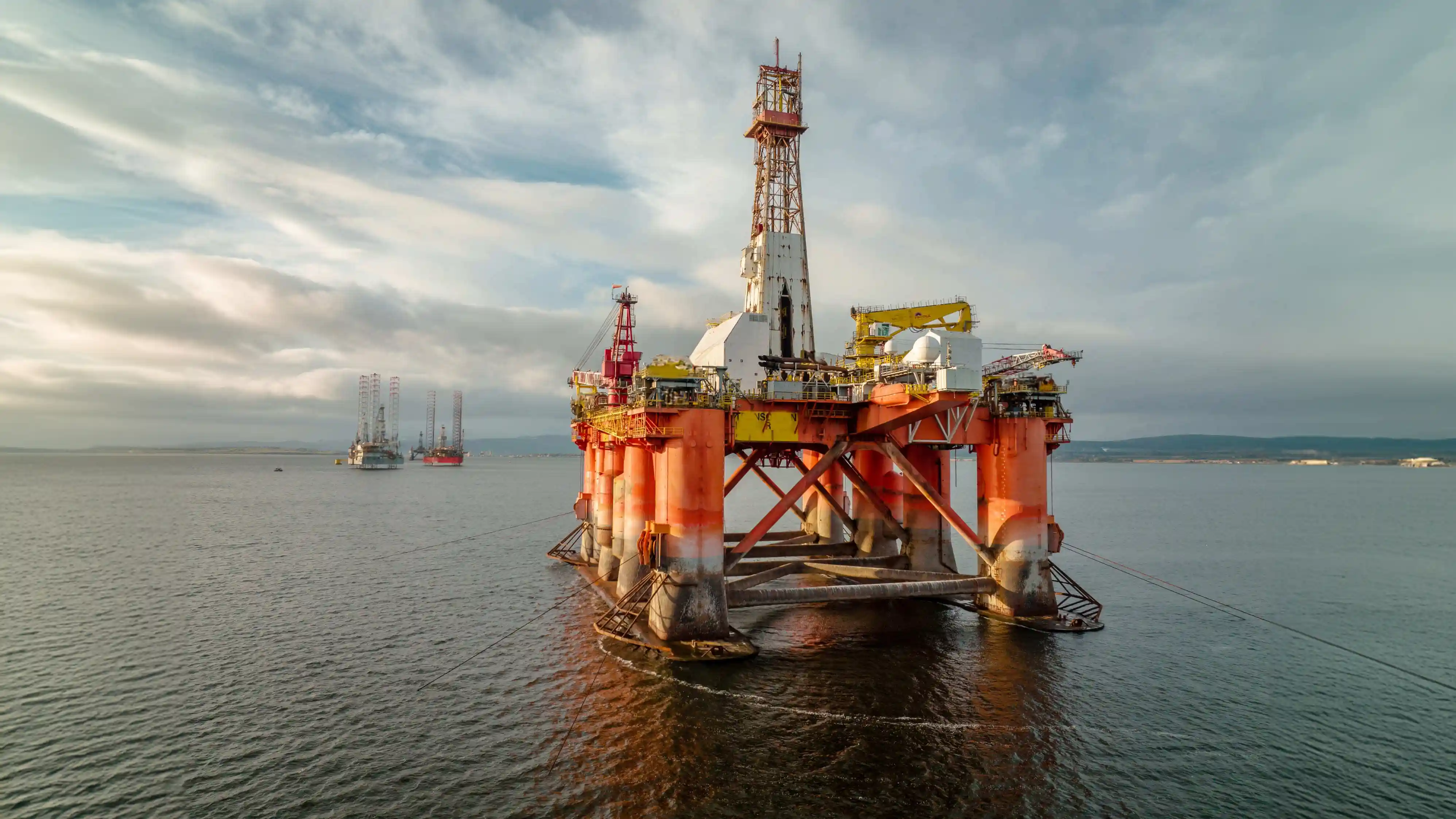
In the growing energy sector, underwater infrastructure is critical for the production and delivery of energy, including oil, gas, and renewable sources. Underwater ROVs provide a safe, efficient alternative to using divers for routine inspections and emergency maintenance of submerged infrastructure such as pipelines, rigs, and offshore platforms.
ROVs can quickly and accurately assess the condition of underwater assets, identifying potential issues such as corrosion, leaks, or structural damage. This reduces operational downtime, improves safety, and minimizes environmental risks associated with human divers in hazardous underwater environments. Their ability to operate in harsh conditions ensures that inspections can be conducted regularly without disrupting production or harming ecosystems.
ROVs quickly detect corrosion, misalignment, and damage in subsea cables and pipelines—without costly downtime or diver risk.
ROVs are essential tools in the nuclear, hydroelectric, and offshore energy sectors, where underwater inspections of critical infrastructure are required for safety and maintenance.
In nuclear power plants, ROVs monitor reactor cooling systems, inspect reactor heads, and check submerged components, minimizing manual inspections in high-radiation areas.
![]()
For hydroelectric facilities, ROVs inspect intake structures, trash racks, turbines, and underwater concrete for wear, corrosion, and organic buildup. They also assess damage from invasive species, reducing the need for dewatering and costly scaffolding.
Offshore energy platforms utilize ROVs to inspect and maintain subsea pipelines, wells, and risers, ensuring early detection of wear, corrosion, or leaks. ROVs provide a remote, efficient, and safe inspection solution, enhancing the reliability of energy infrastructure while reducing risks to personnel and the environment.
Find out how the EWEB team improves safety and operational efficiency in hydroelectric plants with ROVs for monitoring and inspections.
Underwater ROVs are increasingly used for periodic inspections of boat hulls, both during transit and when entering ports, to ensure structural integrity, detect invasive species, and prevent contraband smuggling. With their ability to quickly and accurately assess a vessel’s condition, ROVs offer a cost-effective and user-friendly solution for marine surveys, hull inspections, and ballast tank assessments.
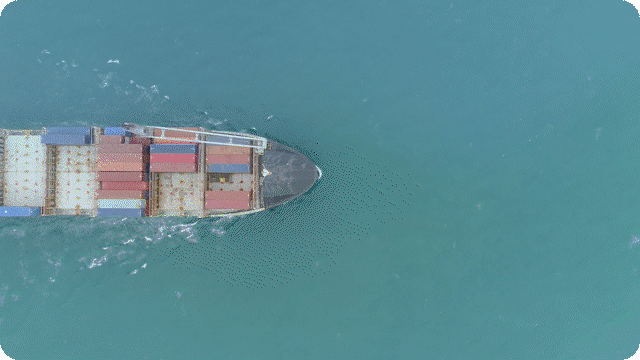
By eliminating the need for divers, ROVs reduce operational risks and costs, allowing for more frequent inspections without disrupting schedules. Their versatility in detecting damage, biological threats, and illegal activity makes them an essential tool for maintaining safety and compliance in the maritime industry.
Unveil how Foss Maritime reduces diver costs and mitigates risks in a wide range of maritime applications, including hull inspection through ROV adoption.

Routine inspections are critical for maintaining the integrity of municipal infrastructure, including dams, reservoirs, and bridges. Underwater inspections, however, can be risky and challenging. ROVs offer a safe and efficient solution for inspecting submerged infrastructure, such as pipeline inspections, without putting divers in potentially dangerous conditions.
By using ROVs, municipalities can conduct regular, thorough inspections to identify issues like corrosion, blockages, or structural damage. This proactive approach helps ensure the long-term safety and functionality of vital infrastructure, while minimizing downtime and reducing operational risks.
Learn about Deep Trekker products and the easy-to-use solutions for infrastructure inspections.
Read more: Aging Infrastructure Inspections: Surveying the Dinosaur

The quest to understand the unseen world beneath the waves has led to the increased use of ROVs in exploration expeditions. These specially designed vehicles, equipped with high-definition cameras and sensors, provide critical support for diver teams by capturing detailed images and video footage of underwater environments.
Underwater ROVs allow researchers and explorers to safely investigate deep-sea ecosystems, shipwrecks, and geological formations without the risks associated with deep dives. Their ability to access remote and hazardous locations makes them an invaluable tool for scientific discovery and marine archaeology, expanding our knowledge of the underwater world.
Learn how scuba divers use Deep Trekker ROVs for site checks, monitoring, training, and more to enhance exploration underwater.
The future of underwater ROVs is defined by advancements in autonomy, imaging, and sustainability. Integration with artificial intelligence and machine learning will allow ROVs to operate semi-autonomously, identifying objects, mapping terrains, and detecting structural anomalies in real time. Enhanced imaging technologies like high-definition sonar and 3D mapping will improve precision across applications, from infrastructure inspections to deep-sea exploration.

Emerging industries such as offshore wind and tidal energy will rely heavily on underwater ROVs for maintenance and monitoring, while miniaturized and long-endurance models will tackle niche tasks like pipeline inspections and environmental monitoring. As ROVs continue to evolve, their role will expand to new frontiers, including collaborative missions with AUVs and even extraterrestrial exploration of subsurface oceans on icy moons. These innovations position ROVs as critical tools in addressing the challenges of tomorrow.
Deep Trekker Underwater ROVs
Underwater exploration, inspection and monitoring is critical across various industries. As more and more industries find new ways to utilize ROVs, the market continues to expand. At Deep Trekker, our vision is to make the underwater world accessible to everyone.
To do so, we offer robust, capable, and easy-to-use underwater ROVs that can be deployed within a moment’s notice - to gather data and to serve as an accompaniment during diving missions. Deep Trekker ROVs provide industries with the tools they need for accurate and safe underwater inspections and monitoring.

To learn more about our submersible ROVs or to receive a customized quote, visit our website or contact us today.
November 3rd, 2025
At REPMUS 2025, Deep Trekker’s ROVs validated real-world mine countermeasure capabilities...
July 5th, 2025
Deep Trekker’s new Tampa facility brings faster ROV repairs, in-stock parts,...
June 11th, 2025
Equipped with sonar and DVL, Deep Trekker ROVs are helping SES...